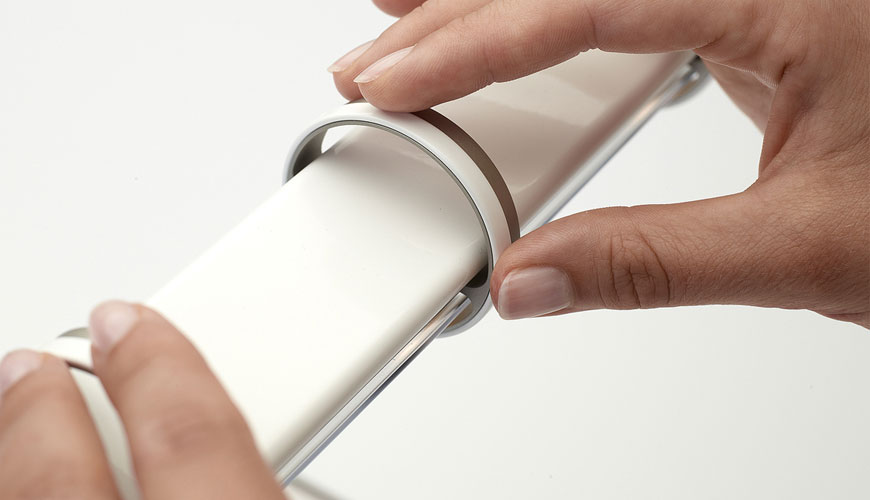

The LM 79 is a test method approved by the North American Society of Lighting Engineers (IESNA). With the LM 79 measurements, the total luminous flux (lumen), electrical power (W), luminous intensity distribution, luminous efficiency (lm/W) and color characteristics (CRI, CCT) of the light source are extracted. LM 79 is applied to LED-based lighting devices containing control electronics (driver) and cooler.

In the LM 79 test, the LED luminaire or the LED lamp is measured as a whole. Sphere and goniophotometer are used for LM 79 measurements.
In LED luminaires, it is generally not allowed to remove the LED part by the user. On the other hand, serious performance drops can occur when LED light sources are not supported with a heatsink. For these reasons, LED light source luminaires are evaluated as a whole during the test process. This measurement method is called absolute photometry.
Relative photometry is used in conventional lighting fixtures. In this method, lamp and lighting fixture (with reference lamp) are measured separately. Then, the results are combined and the actual light distribution and intensity of the luminaire is deduced.
2π and 4π geometry methods are used in sphere measurement. In lamps with wide light distribution, the 360π geometry method is used, which makes it possible to measure 4 degrees. For luminaires with unidirectional light distribution, such as downlights, the 2π geometry method is used. In the 4π geometry method, the light source is placed in the center of the sphere and the measurement is taken from one side with the photometer head. In the 2π geometry method, the armature is placed on the top of the sphere and a measurement is taken from one edge.
The goniophotometer device used to measure the light distribution must also be calibrated in order to obtain accurate measurement results. Before the measurements are made, the LED luminaire or the lamp must be operated for a while to reach stabilization and temperature balance. In large luminaires, this time usually varies between 30 minutes and 2 hours. The stabilization time used should be included in the test report.
The LM 79 test should be performed by accredited lighting laboratories. Because only reports from accredited laboratories are considered valid.
EUROLAB serves you, our manufacturers and suppliers, within the scope of LM 79 test in its state-of-the-art accredited laboratories.
To get an appointment, to get more detailed information or to request an evaluation, you can ask us to fill in our form and reach you.